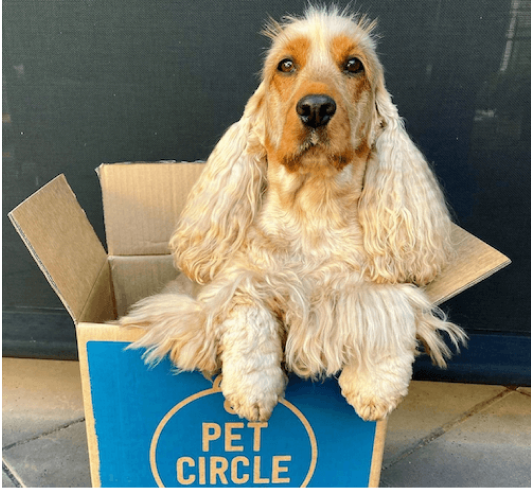Last Updated: 28/05/2025
King Charles Cavalier Complete Breed Guide
Are you wondering whether a Cavalier would make a good addition to your family? Take a look at our comprehensive breed guide for facts and care tips.
Author: Dr Carla Paszkowski BVSc (Hons)
Reading Time: 56 minutes - long read
Widely heralded as one of the sweetest dog breeds in the world, the Cavalier King Charles Spaniel is a happy, gentle, and endlessly loving dog. They adore their family and will share their distinct brand of 'cavvy love' with anyone and everyone they meet. Originally bred as a companion dog the royal courts of England, the Cavalier has unfortunately endured selective breeding for hundreds of years and is consequently predisposed to many health concerns. But with the right breeder and an educated owner, a Cavalier is sure to be the most loveable companion your family will ever have.
Cavalier King Charles Spaniel Facts
|
Breed size: |
Place of origin: |
Intelligence: |
|
Small |
Great Britain |
Low-moderate |
|
Breed group: |
Energy level: |
Weight range: |
|
Toy group |
Moderate |
4.5-9kg |
|
Life expectancy: |
Tendency to bark: |
Height range: |
|
12 to 15 years |
Moderate |
20-40cm |
|
Drool factor: |
Ease of training: |
Coat type: |
|
Low |
Moderate |
Medium and silky |
|
Shedding factor: |
Overall grooming needs: |
Colours: |
|
Low |
Moderate |
White with chestnut markings, white with black markings, black with tan markings, and ruby |
How big do Cavaliers get?
Cavaliers come in a wide spectrum of sizes and can range from a toy breed size to almost a medium sized breed. The average adult weight of a Cavalier is between 4.5-9kg. Their height ranges from 20-40cm at shoulder. Due to the discrepency in size between different lines of Cavaliers, the best way to estimate your dog's expected adult weight is to view their mother and father.
How much does a Cavalier cost?
Cavalier pups in Australia may cost anywhere from $1500-$4000. The pandemic significantly increased demand for Cavalier puppies and the price of a pure bred pup can occasionally even exceed this. Of course, as with any breed, it is cheaper to adopt an adult dog from a rescue.
Do Cavaliers shed?
Cavaliers are generally not a heavy shedding breed. They tend to drop a very small amount throughout the year with one larger moult occuring in Spring. Shedding fur can be controlled with regular brushing (once a day might be needed during moulting season) with a general plastic bristle brush or a dog grooming glove. Many Cavalier owners choose to use a deshedding comb to take the 'fur' out of their 'fur-niture' around moulting season!
Are Cavaliers good pets?
Absolutely - they might be one of the greatest pets of all time! Cavaliers are not only good with children and other pets, but they are relatively low maintenance and happy to live in any type of home. Perhaps one of the only downsides to owning a cavvy is their tendency to suffer from health conditions (so pet insurance is a must!).
How much exercise do Cavaliers need?
Cavalier King Charles Spaniels are bred to be lapdogs, so one decent walk a day is generally enough. They are not particularly active dogs and can suffer in the heat due to their semi-brachycephalic faces. This means that during summer or on hotter days, they should be walked in the cooler times of day.
How long do Cavaliers live?
The Cavalier lifespan is 12-15 years on average. As with any breed, they will live much longer if you take good care of them, never let them become overweight (which can be tricky as they are very prone to obesity), and keep their teeth in top condition!
How do I choose a Cavalier breeder?
When looking for a Cavalier, your options are to: a) adopt from a rescue (this is our top recommendation!) b) buy from an or online marketplace or pet store (NOT recommended!), or c) Research a reputable breeder. Never purchase a puppy without inspecting the breeder's premises and asking the 10 Breeder Checklist Questions first. Good breeders socialise their animals, house them humanely, allow you to inspect their premises, and select for healthy traits and good temperaments. Read our Guide to Finding a Good Breeder for more tips.
Do Cavaliers bark much?
Because of their gentle nature, Cavaliers are not prone to excessive barking. However, they do have a tendency to develop separation anxiety - which can lead to a plethora of behavioural problems including excessive barking. As with any dog, they can be trained not to bark incessantly with proper training and exercise. To reduce your Cavalier's barking, ensure you train with positive reinforcement from a young age and reduce problem behaviours before they begin!
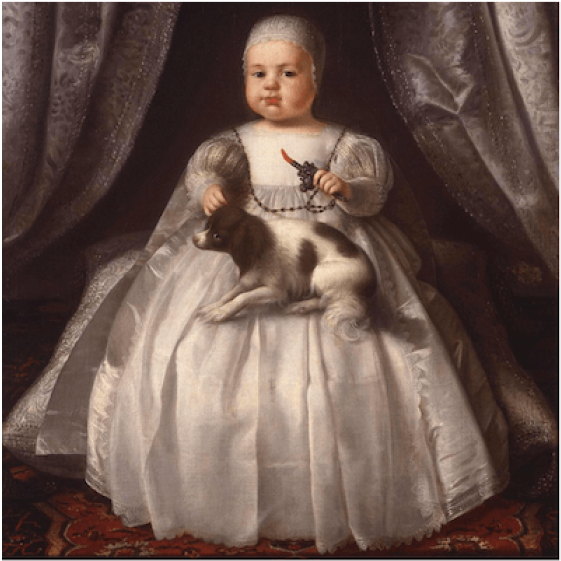
Charles II as an infant with his spaniel in 1630, painting by Justus van Egmont
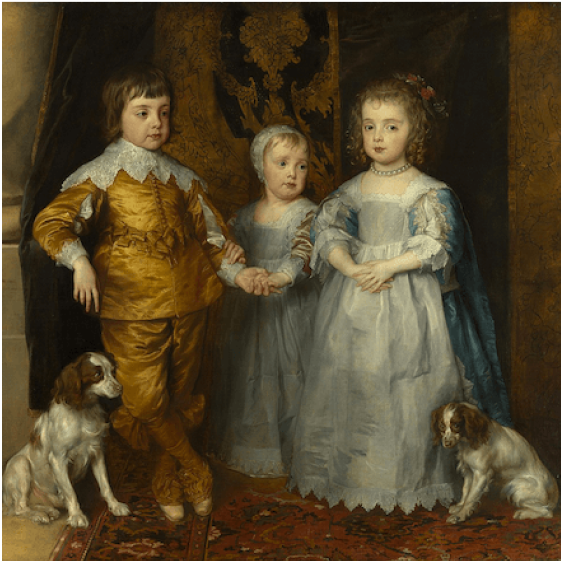
The Three Eldest Children of King George III by John Singleton Copley, 1785
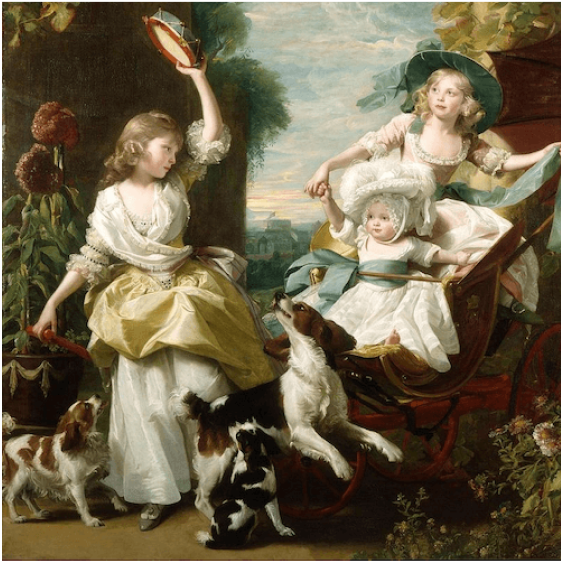
The Three Youngest Daughters of Charles I by Anthony van Dyck
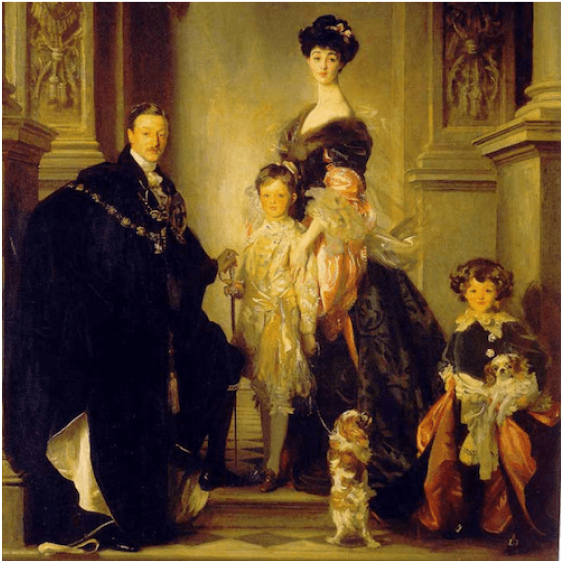
Portrait of the 9th Duke of Marlborough with his family by John Singer Sargent
and on chilly carriage rides. Secondly, it was hoped that the dogs would attract fleas away from the human - this was an important role as fleas were the source of the bubonic plague.
Cavaliers and even issued a royal decree which permitted dogs to enter all public places (including the Parliament!). When the house of Stuart fell, so too did the Cavalier's popularity. It wasn't until
1926 when an American chap named Roswell Eldridge offered a prize of £25 to whoever could re-establish the breed.
Cavalier King Charles Spaniel Personality

The Cavalier King Charles Spaniel is loving, carefree, affectionate, and gentle. They are always happy to cuddle and make friends with any human or pet that crosses their path. These small bundles of love always sport wagging tails, forever looking for pats and making new friends.
Cavaliers get on really well with children, other dogs, cats, and even smaller rodents. They are endlessly tolerant and love nothing more than cuddling up on your lap or in bed as your little spoon.
Did you know? As sweet as they are, Cavaliers can be easily distracted and rather lacking in 'street smarts'. For this reason, it's best to walk your Cavalier on a leash in busy areas.
While Cavalier King Charles Spaniels don't need a lot of exercise, they do benefit from a decent walk every day - preferably in the cooler hours of the day due to their tendency to suffer from heatstroke. With proper training, Cavalier King Charles Spaniels can do well in canine sports such as rally, agility, and obedience. Due to their docile nature, they are also a popular choice for therapy dogs.
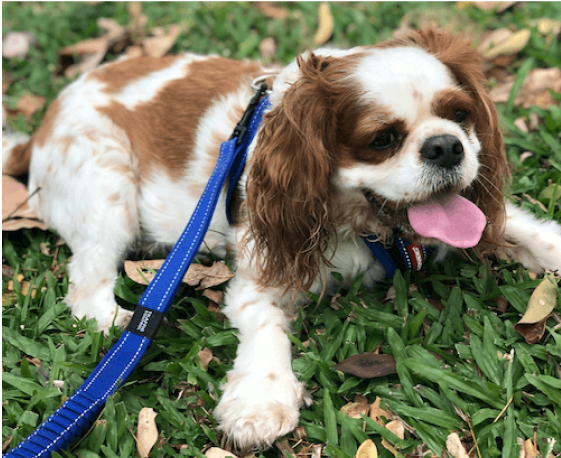
Best Toys for Cavaliers
Cavaliers are playful, enthusiastic, and love to use food or interaction with their human stay entertained. They benefit from problem solving toys and keeping their mind busy at mealtimes with a puzzle feeders or Lickimat.
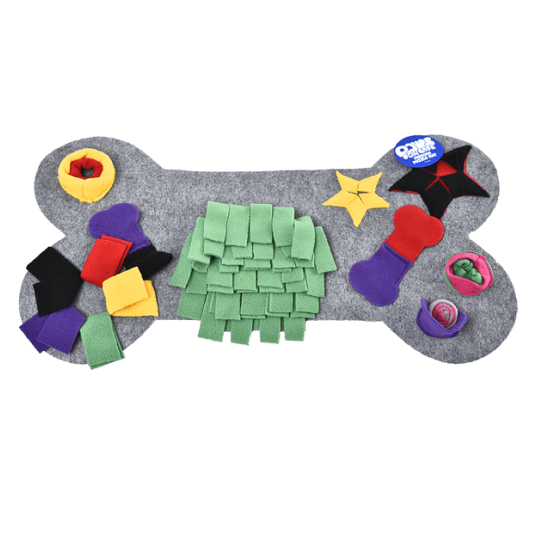
Hide some of your dog's kibble or treats in the nooks and crannies to keep their mind busy and occupied.
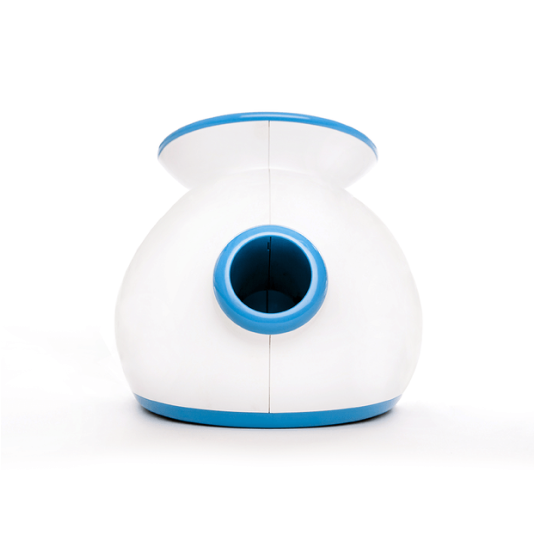
The iFetch shoots tennis balls three, six or nine meters, and will continue to shoot balls so long as your dog fetches them and returns them to the top of the chute.
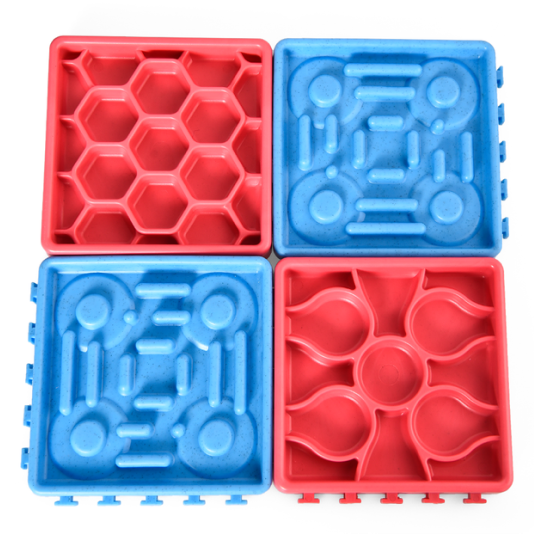
A Lick Mat is a great way to help keep your dog entertained at mealtime while also slowing down their meal.
Ideal for extra cuddly cavaliers, this colourful llama will give them something snuggly to cuddle when they are alone.
Can't decide? Why not let us choose for you with the Curious Box? Each Curious Box contains a selection of two to three engaging toys (and treats!) Even better, the theme changes every 6 weeks, making it the perfect way to keep your dog's supply of toys and treats fresh, fun, and varied for mental stimulation!
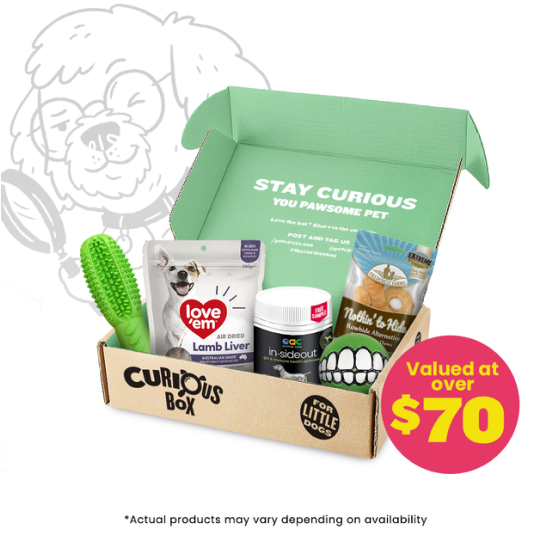
Cavalier Diet and Nutrition
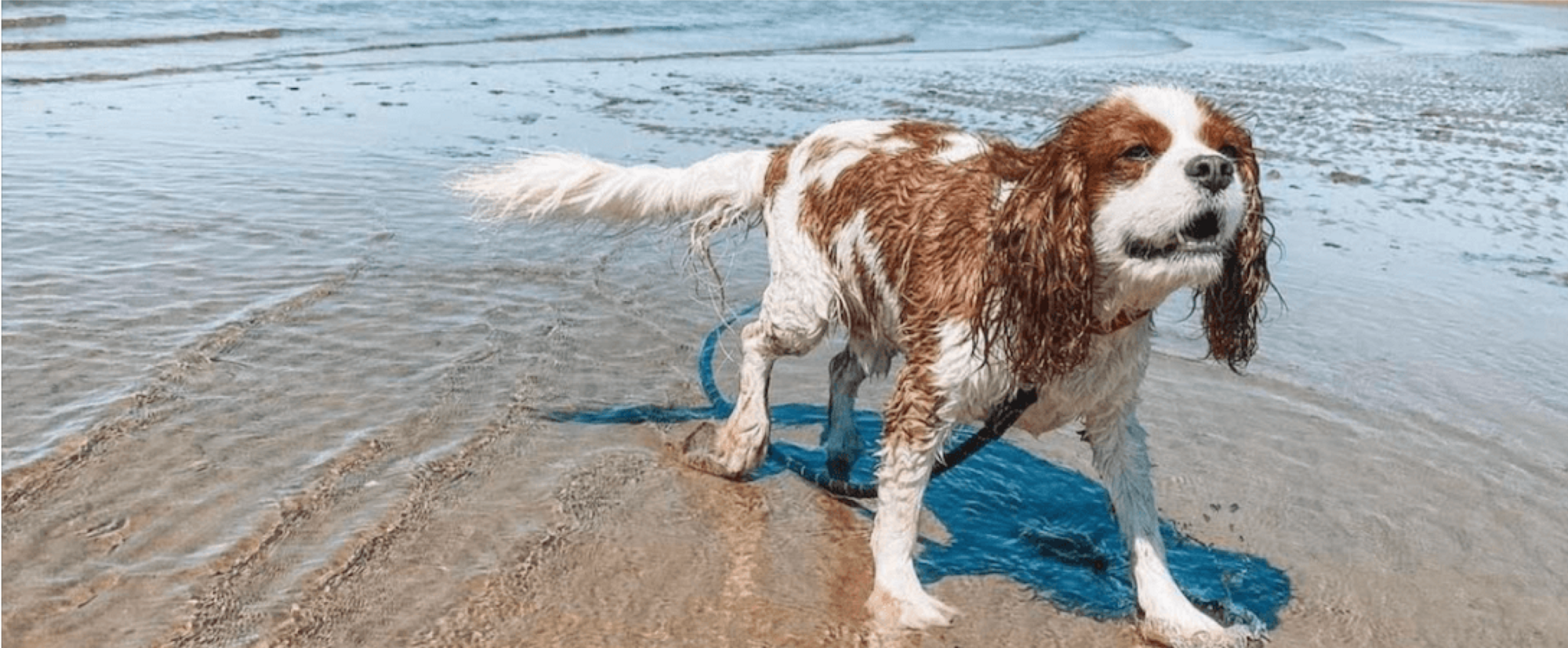
Image by @bostonandspencer
Cavalier King Charles Puppies
Some points to note about Cavalier puppy ownership include:
Food: Cavalier puppies should eat a premium, small breed formula such as Royal Canin Cavalier Puppy, Hills Science Diet Small Breed Puppy, Advance Small Breed Puppy Food or Savourlife Grain Free Small Breed until they are 12 months of age.
Behaviour: Cavalier puppies have fantastic personalities but do like to chew and destroy things, just like any puppy! Puppy proofing your house is essential. Remove any easy-to-reach toxins or electrical cords, and provide plenty of puppy toys! For more information on puppy behaviour, take a look at our Puppy Training Guide.
Worming: Cavalier puppies need to be wormed fortnightly from the age of 2-12 weeks, and then once per month after this. In Australia, Cavalier puppies also require heartworm protection. You may wish to get a heartworm injection yearly at your vet, or you can simply give a monthly treatment such as Nexgard Spectra, Simparica Trio, or Credelio Plus.
For more helpful information on worming, training, socialisation, and nutrition, consult our veterinary-written Complete New Puppy Guide.
What To Feed A Cavalier Puppy
Cavalier puppies need to eat a premium, small breed diet that is nutritionally formulated to meet AAFCO Guidelines until they are 12 months of age. You may consider a Rotation Diet to provide exposure to different proteins and reduce the risk of food sensitivities.
Raw diets for Cavaliers? Raw diets are not suitable or safe for Cavalier puppies due to the risk of bacterial contamination, which can lead to food poisoning and upset their sensitive tummies. Plus, an unbalanced diet can lead to nutritional deficiencies. Read more about Raw Diets: The Risks and Benefits.
When should you transition a Cavalier from puppy to adult food? As a general guide, Cavaliers can usually be transitioned from a 'puppy' food to an 'adult' food at around 12 months of age. This does, however, vary depending on your dog's body condition score - if your pup is underweight, they may require a puppy food for a little longer. Likewise, if they're starting to show a bit of 'pudge', it may be time for a lower-in-calories 'Adult' diet.
To find out how whether your pup is ready to transition to an adult diet, take a look at our Body Condition Assessment Charts, or ask our Vet Squad for further advice.
Our top recommendations for Cavalier puppy food include:
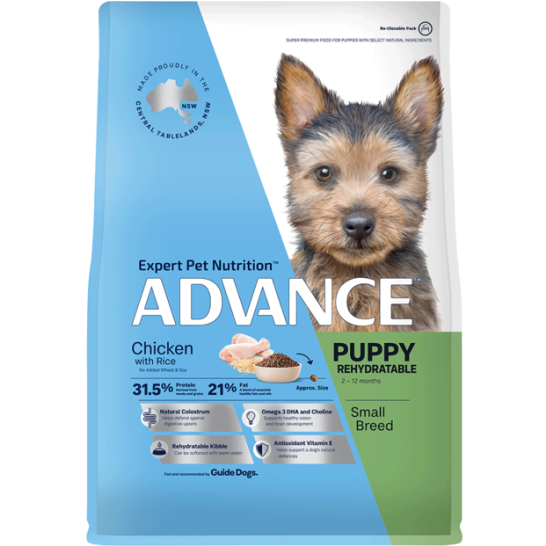
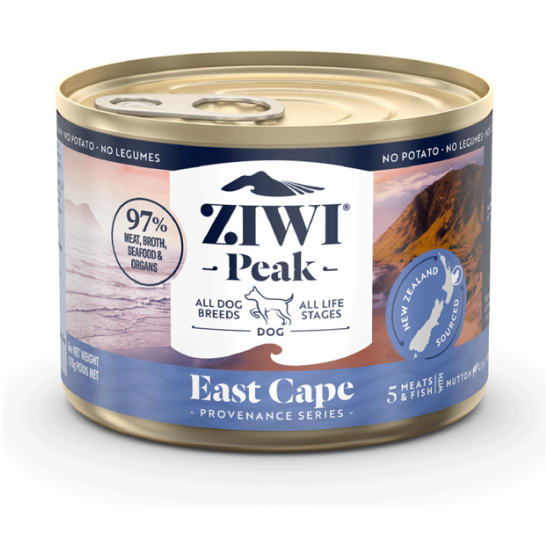
Best Food for Adult Cavaliers
Cavalier adults are prone to a number of health conditions including hip dysplasia and skin allergies, and so the following diets have been recommended to help support healthy joints and skin.
Designed with high palatability and scientifically balanced to support a healthy coat, this tasty wet food will keep your dog interested and healthy.
Perfect for small breed dogs, this super premium, Australian made food contains extra dental care ingredients to support a healthy mouth.
Perfect for small breed dogs, this super premium, Australian made food contains extra dental care ingredients to support a healthy mouth.
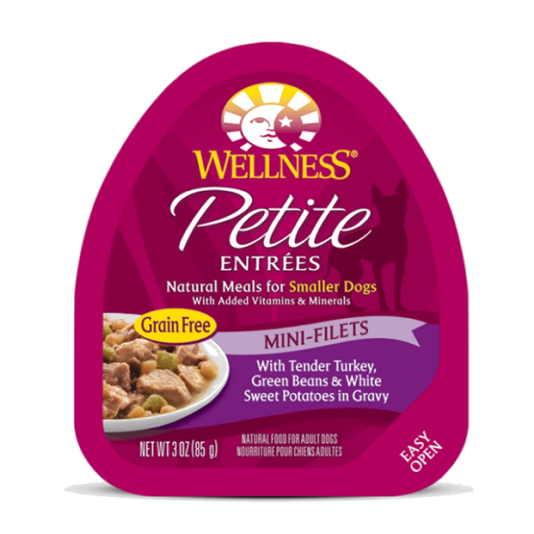
With natural ingredients and a tasty formula, this natural wet food is high in palatability and nutrition.
For more information, read through our guide to the Best food for Small Dogs.
Cavalier Health Problems
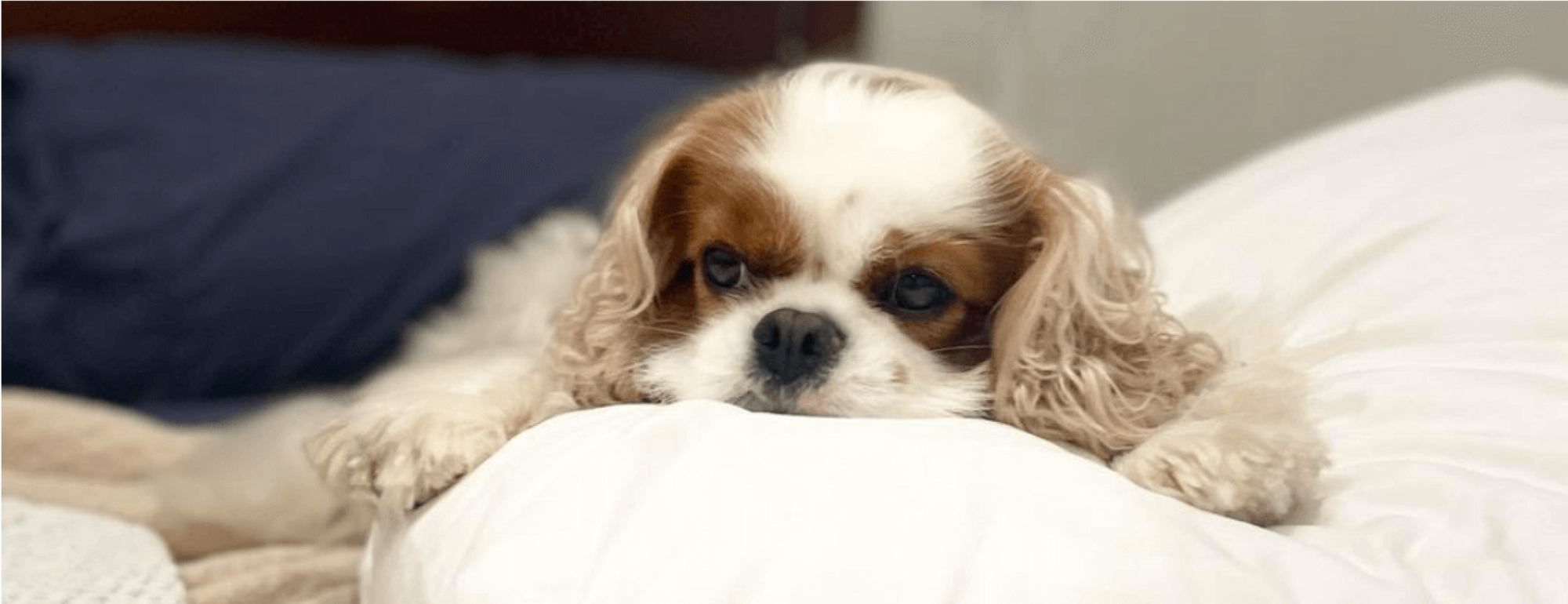
Image by @timmyandmolly
Cavalier King Charles Spaniels are rather prone to health conditions. One of the most common genetic conditions for a cavalier is Mitral Valve Disease (MVD) which can lead to heart failure. Other common conditions include allergies, hip dysplasia, and eye issues.
1. Mitral Valve Disease
One of the most common inherited diseases for Cavalier King Charles Spaniels is a heart disease known as Mitral Valve Disease (MVD). This disease involves an insufficient valve in the heart, which usually causes a heart murmur. A dog with MDV is born with a deformed mitral valve which means that it does not close tightly. Blood then leaks the wrong way back through this valve and strains the heart. This can worsen with age, and may eventually lead to heart failure.
Heart murmurs in Cavaliers? Your vet might suspect Mitral Valve Disease after listening to the heart with a stethoscope. A heart murmur is a 'burrr' noise that can be heard when the heart pumps, rather than a normal 'lub-dub'. The 'burr' noise is caused by blood rushing back through the leaky valve. A heart murmur may be mild, moderate, or severe, and your veterinarian will likely grade it on a scale of 1-6.
Mitral Valve Disease in Cavaliers can lead to congestive heart failure. Early MVD may be asymptomatic (showing no obvious signs), but as time progresses, signs may develop including exhaustion (particularly when exercising), collapse, chronic coughing, or a purplish tinge to the tongue.
2. Allergies and Ear Problems
Allergic skin disease such as atopic dermatitis and contact allergies do seem to be more common in Cavaliers. Atopic dermatitis is a generalised allergy caused by items in the environment such as pollen, dustmites or grasses. It usually results in itchy, red, inflamed skin and ears. Often affected dogs may lick their paws excessively and have recurrent ear infections.
Contact allergies can cause similar symptoms in dogs however the reaction is limited to areas where the dog has come into direct contact with the allergen (usually plants). Diagnosis of allergic skin disease in dogs can take some time as the underlying cause needs to be discovered, usually through a process of elimination.
For more information about allergic skin disease in dogs check out Why does my dog have sensitive, itchy skin?
3. Ear Infections
Due to their allergies and long fluffy ears, Cavaliers are very prone to recurrent ear infections. Red, inflamed allergic skin inside the ear canal combined with long, floppy ears that restrict airflow leads to the perfect breeding ground for yeast and bacteria. Signs include head shaking, scratching at the ear, and a smelly discharge.
For more information about recurrent ear infections in dogs check out Ear infections in Dogs
4. Brachycephalic Airway Syndrome
Cavaliers are a moderately Brachycephalic ('flat faced') breed, which can lead to obstructive airway syndrome in certain individuals. Affected animals can vary in severity from noisy or laboured breathing and snoring, to complete collapse of the airway. This condition is worsened by obesity, heat and exercise, therefore extreme caution is advised when exercising and playing in the heat.
5. Eye Conditions
That 'bulgy eyed' look sure is heart melting, but it does leave the eyes more exposed to sustaining traumatic injury, including proptosis (popped out eyeball) and corneal ulcers (sores on the surface of the eye). As a breed, Cavaliers also have a predisposition to other eye conditions which may be inherited including keratoconjunctivitis sicca ('dry eye'), cataracts (clouding of the lens in the eye leading to blindness) and Progressive Retinal Atrophy (progressive blindness).
6. Patella Luxation
Patellar luxation refers to a condition where the dog's kneecap slips out of its normal position. It is often associated with skeletal deformities that are present at birth. Frequent dislocation of the kneecap can cause locking of the leg and pain in the joint. Dog owners will often notice their dog skip or run around on three legs, holding up the leg with the problematic patella. Luxation occurs when there is a structural abnormality or when a traumatic injury has affected the joint. Keeping your dog at a healthy weight and avoiding rough exercise can help ease the pressure on the joint and reduce symptoms.
7. Hip Dysplasia
Hip dysplasia refers to a condition where the conformation (physical structure) of the hip joint is abnormal. A healthy hip joint operates as a smooth 'ball and socket' type joint, whereas hips affected by dysplasia typically have a flattening of the 'socket' component of the joint, resulting in a shallow joint where the 'ball' or head of the femur is not held securely. This leads to instability of the joint which may cause pain in the young dog (juvenile hip dysplasia) and ultimately causes development of osteoarthritis.
Best joint supplements for Cavaliers
Due to their propensity to develop conditions of the joints, many Cavalier owners are advised to provide joint care preventatively. Suitable joint care methods for Cavvies may include joint care supplements, a joint care diet, or even simple things like ensuring your dog maintains a healthy weight.
A premium quality, vet recommended joint supplement containing green lipped mussel and epitalis to help support joint health and ease the symptoms of arthritis.
Sasha's Blend powder and chews contain green lipped mussel, abalone and marine cartilage which are rich in omega 3 fatty acids and glycosaminoglycans to support joint health.
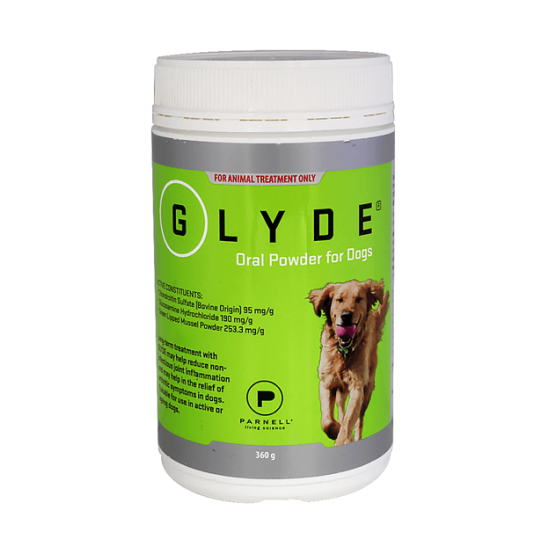
Available as powder or tasty chews, Glyde contains glucosamine, chondroitin and green lipped mussel to support joint health and mobility.
Pet Stairs are the perfect solution to prevent your cavvy putting extra strain on their joints. They reduce the jarring associated with jumping on and off furniture!
Related Breeds
The Cavalier King Charles Spaniel is classified in the 'Spaniel' breed group - a spaniel is a type of gun dog which were originally bred to seek and flush game out of bushes and scrubs. By the late 17th century, spaniels had been specialised into water and land breeds. Typically, Spaniels have a long silky coat and drooping ears and include breeds such as the Cavalier King Charles Spaniel, the Cocker Spaniel, the English Springer Spaniel, and the Papillon. Additionally, the Cavalier is frequently bred with other breeds, particularly the poodle, to produce the Cavoodle, also known as the 'Cavapoo'.
Cocker Spaniel
Known for being sweet, gentle, and affectionate dogs with a characteristic sleek and shiny coat, the Cocker Spaniel is a beloved companion breed all over the world. It's no coincidence that the female lead in 'Lady and the Tramp' was a Cocker Spaniel - Lady is a the very image of an affectionate, prim and pampered pooch.
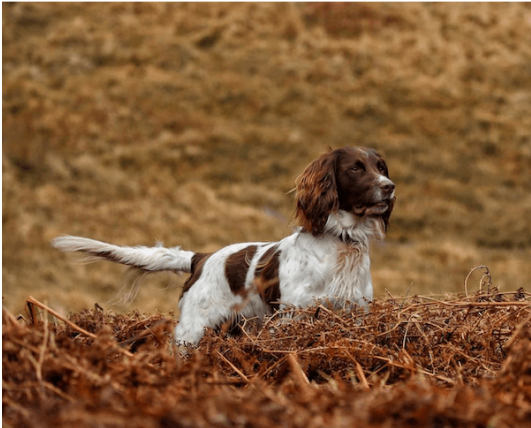
English Springer Spaniel
One of the most energetic and active spaniels, the English Springer Spaniel isn't suited to a sedentary home. This breed thrives when provided with a job, particularly one which allows them to use their fantastic scenting abilities. English springers often work as drug and bomb detection dogs in airports or for the police. These dogs are affectionate, sociable, and very trainable, but can become over-aroused if you don't keep them stimulated.
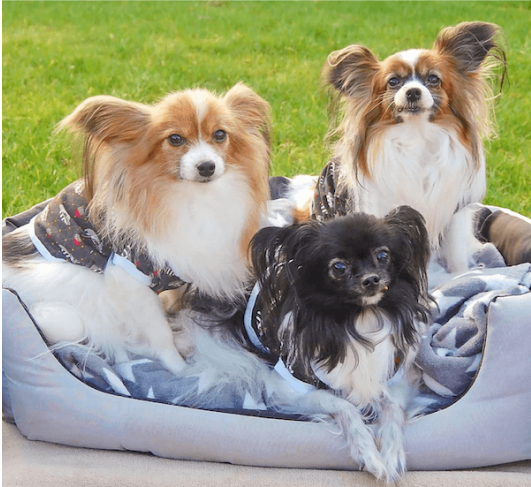
Papillon
You might be surprised to hear that the Papillon is actually a Spaniel. This pint-sized toy breed originally sported dropped ears before it was selectively bred to have characteristic butterfly-like ears. The Papillon may be one of the smallest spaniels but it is far from merely existing as a lapdog. They are one of the smartest toy breeds, known for being energetic, alert and friendly. Due to their high level of intelligence and ability to learn quickly, Papillons are often masters at performing tricks.
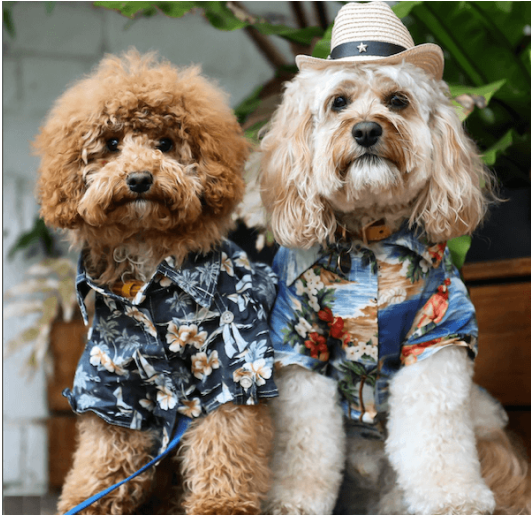
Mr Darcy (@paddington_pup) and Mr Bingley (@south_yarra_pup)
Cavoodle
The Cavoodle - also known as the 'Cavapoo' - is one of the most popular breeds in Australia. It is believed to have first been bred in the USA by crossing a Cavalier King Charles Spaniel with a Miniature Poodle. For more information, check out our Cavoodle Breed Guide. Cavoodles are a sociable breed that love people and make a great family dog. They're robust, active and intelligent making them easily trainable.
Further Reading
Want to know more? Check out our Discover Page for more tips from our expert vets on keeping your pets happy and healthy.
